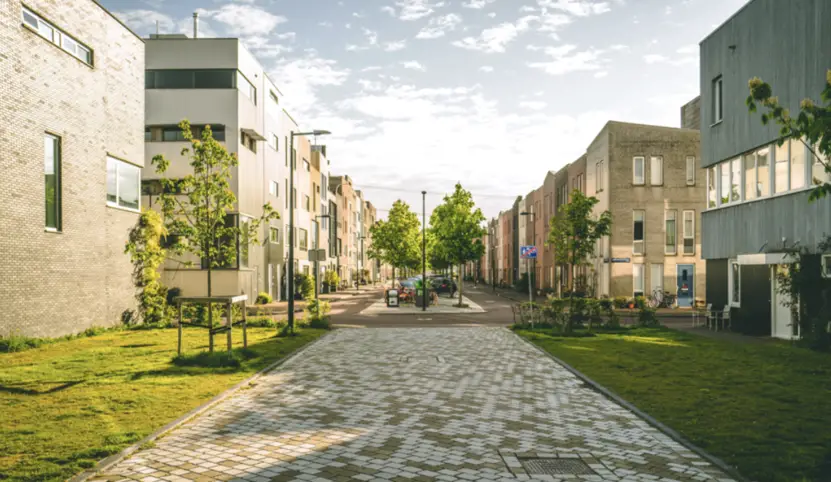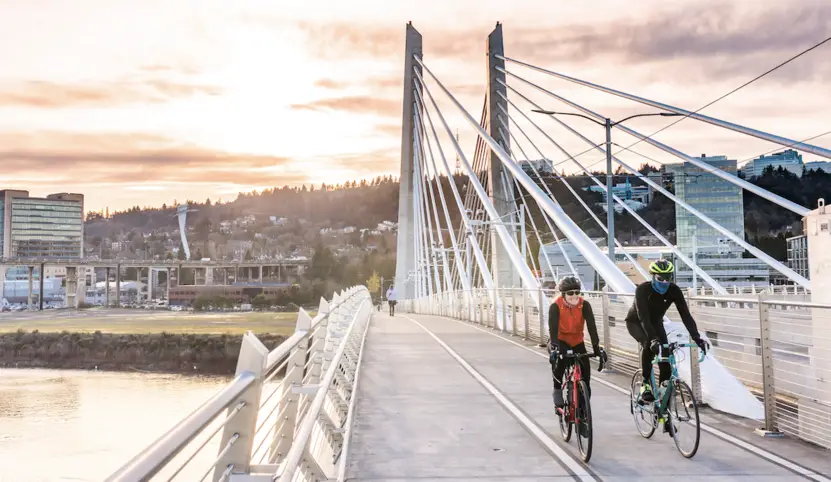The combination of low finances and a broad array of community requirements offers a significant problem for urban planners in the subject of urban development. As cities change, urban planners' roles expand beyond practical functionality to negotiating changing community expectations. This article explains the complexity of urban planning, where urban planners must strike a balance between financial restrictions and the ever-changing demands of local communities. Every aspect of planning, reflects a separate part of the city's fabric. As problem solvers, urban planners must blend these disparate components while working with a restricted pool of resources. This blog article aims to deconstruct the complexities of this process, showing the strategic manoeuvres used by urban planners to meet financial limits while guaranteeing the seamless integration of projects aligned with the community's requirements.
Urban planners participate in a painstaking process of resourceful decision-making within the urban context, from the careful prioritisation of projects based on community participation to the incorporation of sustainable design principles boosting the longevity and resilience of urban areas. Several aspects of urban planning are presented, as urban planners successfully navigate the intersection of restricted finances and community demands, making design judgements to construct places that are not just practical but also responsive and inclusive.
Preview & download large scale Ordnance Survey maps here
The Budget Reality and Considerations
Financial limitations are an unavoidable feature in the complex environment of urban planning. The careful allocation of funding across a range of projects, from crucial infrastructure development to community-centric initiatives, unfolds as a precise balancing act. Navigating the balance between picking options that provide the greatest community benefit while adhering to strict economic constraints is a hard challenge in this terrain. The mission goes beyond simple budgetary management to include a deep awareness of the community's multifaceted demands as well as a pragmatic approach to designing solutions.
Setting Priorities
Prioritisation skills are becoming increasingly important in the pragmatic realm of urban planning, particularly in the face of limited financial resources. The crux of the issue is the rigorous study of the potential benefits contained in various initiatives, with a keen focus on picking those that promise the most considerable benefits to the community. This process is more than just crunching numbers; it requires a sophisticated blend of data analysis, forward-thinking insight, and, perhaps most importantly, direct involvement from the city's citizens. The collaborative integration of these aspects not only refines decision-making but also fosters a more thorough awareness of the community's nuanced demands, ultimately contributing to the success of urban planning initiatives within the community.
Community Involvement
Active community involvement is an essential component of efficient urban planning, surpassing the routine character of a mere checkbox on a planner's to-do list. While monetary limits obviously limit the broad reach of many initiatives, the inclusion of the community in decision-making is a critical aspect in cultivating a strong sense of fulfilment and ownership among its members. Beyond token gestures, real involvement takes the form of interactive seminars, detailed surveys, and participatory town hall meetings, each of which serves as a conduit for extracting insights about the residents' individual wants and preferences. These collaborative platforms not only provide a better understanding of the community's insight, but also serve as the foundation for developing a shared vision that aligns with residents' collective aspirations, enriching the views of urban planning with a human-centric perspective.
Data Based Decisions
Data-driven decision-making is a useful tool for urban planners in a technologically driven environment. One can get a thorough grasp of the demands of a community by examining social indicators, traffic patterns, and demographic trends. Planners can use this information to distribute resources more effectively and make sure that initiatives are in line with the majority's priorities.
Eco-Friendly Resolutions on a Tight Budget
Sustainability does not have to be sacrificed because of a lack of cash. Embracing sustainable methods can be both environmentally and financially beneficial. From energy-efficient infrastructure to the restoration of old structures, a focus on sustainability not only reduces long-term expenses but also contributes to the general resilience of the city. Urban sustainability is no longer a luxury but a necessity and cities can aim to integrate eco-friendly practices without incurring substantial costs such as energy-efficient lighting systems or the promotion of active transportation.
Public-Private Partnerships
Public-private partnerships (PPPs) provide a viable answer to budgetary restrictions. Collaboration with commercial entities brings extra resources and experience to the table. Whether it is the provision of affordable housing or the construction of critical infrastructure, PPPs may be a catalyst for positive change if they are organised transparently and with the best interests of the community in mind.
Green Spaces
Imagine living in a city where people are pushing for increased greenery. The community advocates for more parks because they understand the positive effects on both physical and mental health. Still, the budget is insufficient. Planners can choose to use a phased approach in this case. Addressing community demands can be done on a budget by starting with smaller, well-located pocket parks. Forming alliances with nearby companies or charitable organisations can provide more funding for the project without putting a burden on the budget.
Urban planning is certainly difficult with limited funds and different community expectations. Planners, on the other hand, can convert obstacles into opportunities by taking a deliberate and inclusive approach. Prioritising projects based on community needs, embracing sustainable practices, utilising data driven insights, and exploring collaborations are all critical components of successful urban planning within a budget.
As cities evolve, it is critical to see restricted funds as opportunities for creativity and collaboration rather than as impediments. The ability of urban planning to transform obstacles into stepping stones towards resilient, dynamic, and inclusive communities is key to its success.


